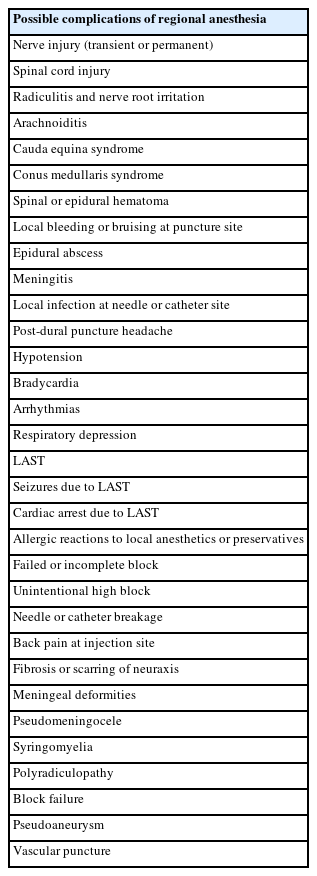
 , Oh Haeng Lee
, Oh Haeng Lee , Hyun Kang
, Hyun Kang
 , In-Young Yoon
, In-Young Yoon , Dong Yeon Kim
, Dong Yeon Kim , Sooyoung Cho
, Sooyoung Cho
OxyMask, a novel product, has recently been used to administer oxygen postoperatively to patients who have undergone general anesthesia. This study aimed to evaluate the incidence of hypoxia in patients under general anesthesia upon arrival to the post-anesthesia care unit (PACU) using arterial blood gas analysis, and to compare the effectiveness of OxyMask with a non-rebreathing oxygen mask for oxygen administration.
We retrospectively investigated anesthesia-related data from the electronic medical records of 460 patients treated from April to November 2021. We analyzed patients aged 20 years or older who had undergone general anesthesia and whose perioperative arterial blood gas analysis results were available upon arrival to the PACU. These patients were grouped into the non-rebreathing oxygen mask (n=223) and OxyMask (n=237) groups, and statistical analysis was performed utilizing their anesthesia records.
No patients exhibited hypoxia upon arrival to the recovery room. The oxygen concentration increased after oxygen administration; its concentration during the recovery room period (Δ2 PaO2) was 10.7±42.3 and 13.9±38.5 mmHg in the non-rebreathing oxygen mask and OxyMask groups, respectively. This difference was not statistically significant. Moreover, the arterial oxygen saturation between the end of surgery and upon arrival to the PACU (Δ1 SaO2) and the arterial oxygen saturation 20 minutes after oxygen administration at the PACU (Δ2 SaO2) did not significantly differ between the groups.
OxyMask was not superior to a non-rebreathing oxygen mask in terms of the effectiveness of oxygen supply.
 , Jong Hak Kim
, Jong Hak Kim , Chi Hyo Kim
, Chi Hyo Kim , Choon Hi Lee
, Choon Hi Lee
Pneumothorax can occur during general anesthesia by various mechanism.
Because tension pneumothorax may be manifested by unexplained hypotension or wheezing during anesthesia, prompt diagnosis of the complication is often difficult.
The incidence of iatrogenic pneumothorax seems to ve increasing, for the procedure associated with pneumothorax such as internal jugular or subclavian venipuncture, intercostal or interscalene nerve blocks, laparoscopy, operator should be prepated to treat this potential complication without delay.
We presented one case of tension pneumothorax developed during general anesthesia perhaps resulting from inadvertent lung injury during internal jugular vein puncture.
 , Chi Hyo Kim
, Chi Hyo Kim , Youn Jin Kim
, Youn Jin Kim , Rack Kyung Chung
, Rack Kyung Chung , Hee Seung Lee
, Hee Seung Lee , Hee Jung Baik
, Hee Jung Baik , In Kyung Song
, In Kyung Song
Polyuria is occasionally observed during general anesthesia. Usually urine output during general anesthesia is decreased because of anesthetic agents. The authors came across with a case of polyruia during sevoflurane anesthesia which occurred after induction of anesthesia. Polyuria is a nonspecific symptom, but can cause many serious complications. Therefore, it is very important to investigate the cause thoroughly and treat patient appropriately.
 , Dong-Wook Shin
, Dong-Wook Shin , Tae-Kyu Lee
, Tae-Kyu Lee , Chung-Hyun Park
, Chung-Hyun Park , Hyun-Ju Gill
, Hyun-Ju Gill , Jong-Yeon Lee
, Jong-Yeon Lee
A healthy 35-year-old man who was scheduled for closed reduction of nasal bone fracture developed atrial fibrillation during induction of general anesthesia after intravenous glycopyrrolate injection. During emergence of general anesthesia, atrial fibrillation was suddenly changed to paroxysmal supraventricular tachycardia with 200 beat per minute and lasted for about 10 seconds. Because blood pressure was stable, esmolol was used to reduce ventricular response. At recovery room, ventricular response reduction about 55 beat per minute was observed after intravenous injection of verapamil 5 mg. Thereafter, the rhythm was returned to normal sinus rhythm with bradycardia.

